People and permafrost in the Arctic
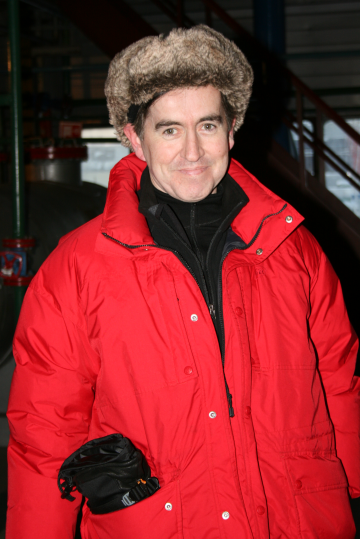

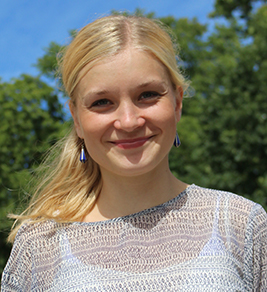
Timothy Heleniak, Shinan Wang, Eeva Turunen
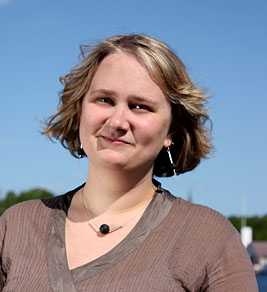
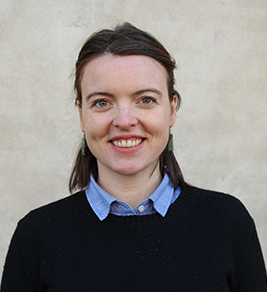
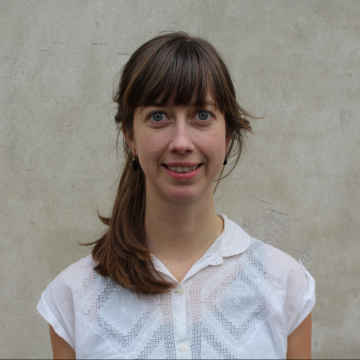
Johanna Roto, Justine Ramage and Leneisja Jungsberg,
Nordregio (Sweden)
It has been often repeated that the Arctic is warming at twice the rate as the rest of the planet. One result of this rapid warming is thawing permafrost along the Arctic coasts. The full impacts of this thawing are the object of inquiry of an EU Horizon 2020 called Nunataryuk. One output from this project was an atlas documenting the population, economy, and infrastructure which would be impacted by the thawing permafrost. A highlight of the findings:
Demographic trends across the Arctic regions differ considerably in terms of population size, growth rates and the structure of settlements, as well as fertility and migration patterns.
Settlement patterns indicate that two-thirds of the Arctic population live in settlements with more than 10 000 habitants. Many regions in the Arctic are characterised by a dispersed population living in many small settlements with less than 5 000 habitants. In Alaska and the Russian Arctic, a large share of the population lives in larger settlements.
Permafrost is widespread in the Arctic. In total, 60 percent of the Arctic settlements are located on permafrost, among which 46 percent are coastal. More than two third of the population in the Arctic lives in these settlements located on permafrost. Due to the observed increase in air temperatures in the Arctic permafrost is thawing, which has large consequences for most of the inhabitants living in the Arctic.
Population change is the result of net migration and natural population change. There is a continuous migration into larger urban centres and a decline in smaller settlements. Alaska, the Canadian Arctic, and Iceland have had significant population growth over recent decades. The population of the Russian Arctic has continued its post-Soviet contraction with ongoing decline in all but two regions.
Indigenous people comprise a significant share of the Arctic population, especially in the Canadian Arctic and Greenland where 75 percent or more are in indigenous. Approximately one million people, or nine percent of the total population in the Arctic region are indigenous, who are impacted differently by permafrost thaw.
Population structure illustrates the gender ratio and age structure. Generally, there are more males living in the Arctic regions except for the Russian Arctic where females represent a higher share. More than 30 percent of the population is aged 0-14 in the Russian and Canadian Arctic and in Alaska. In the Arctic regions the share of the working age population is 70 percent. The old age dependency is low across the Arctic.
Society and economy in the Arctic regions are characterised by a high dependence on natural resources.
Labour market analysis shows a variety of main sectors of employment. The primary sector represents 14 percent of the economic activity in the Arctic, while the secondary sector represents 20 percent. The tertiary sector also known as the service sector has the largest share of employment with 66 percent. Relatively high share of employees was working in the tertiary sector in Alaska and in the Canadian Arctic. On the contrary, low share of employees are engaged in service-related economic activities in the Russian Arctic.
Production: The Arctic average of GRP (Gross Regional Product) is 40 000 Euro. Alaska, the Canadian Arctic and the Nordic Arctic region perform well in relation the Arctic average. Alaska, the Northwest Territories and Svalbard are the best performers. In the Russian Arctic, there are large difference between regions. Nenets, Yamal-Nenets and Khanty-Mansi are among the best performers in the Arctic. while the remaining regions had a GRP in PPP far below the Arctic average.
Accessibility and infrastructure are crucial in connecting settlements in the Arctic.
Road infrastructure is considerably less dense on areas underlay by continuous permafrost. Settlements in Greenland, Nunavut, Nunavik and Labrador are not connected by road network with scarcely road segments connecting adjacent settlements. Thus, travel by road remains a challenge for many of the inhabitants in these regions. Alaska, the Northwest Territories and the Yukon have better road infrastructure.
Maritime routes have experienced significant growth of traffic in recent years. Between 2016 and 2017 the cargo volume in the Northern Sea Route increased by nearly 40 percent.
Airports in the Arctic are of high importance due to the long distances between settlements and the lack of road network. There are 7 large and 260 medium sized airports over the Arctic.
Resources in the Arctic are considerable and the exploration and transport facilities for oil, gas, and mineral resources is increasing throughout the circumpolar region.
Oil and gas exploitations are mostly located in the Beaufort Sea area (North Slope of Alaska and the Mackenzie Delta), and in northwest Russia (Barents Sea and West-Siberia). Oil and gas are even found in the Canadian Arctic Archipelago (Nunavut). These three regions are also targeted for future exploitation.
Location of mining sites is changing and goes higher north due to technical development, permafrost thaw and sea-ice decline, which allow the exploitation of resources that were inaccessible.
Access to natural resources is highly dependent on technical capacities and environmental challenges, which lead to higher extraction costs. High economic costs of exploitation and transportation, and high demand for environmental protection are decisive factors for the exploitation of Arctic resources.
Maps and the atlas of people, economy, and infrastructure and permafrost is available at: http://www.nordregio.org/maps/.
The authors of this article represent international research centre Nordregio, Sweden:
- Timothy Heleniak, Senior Research Fellow, email: timothy.heleniak@nordregio.org
- Shinan Wang, Cartographer/GIS Analyst
- Eeva Turunen, Junior Research Fellow/ Cartographer
- Johanna Roto, GIS Consultant
- Justine Ramage, Research Fellow
- Leneisja Jungsberg, Research Fellow
Expert article 2517
